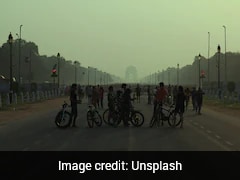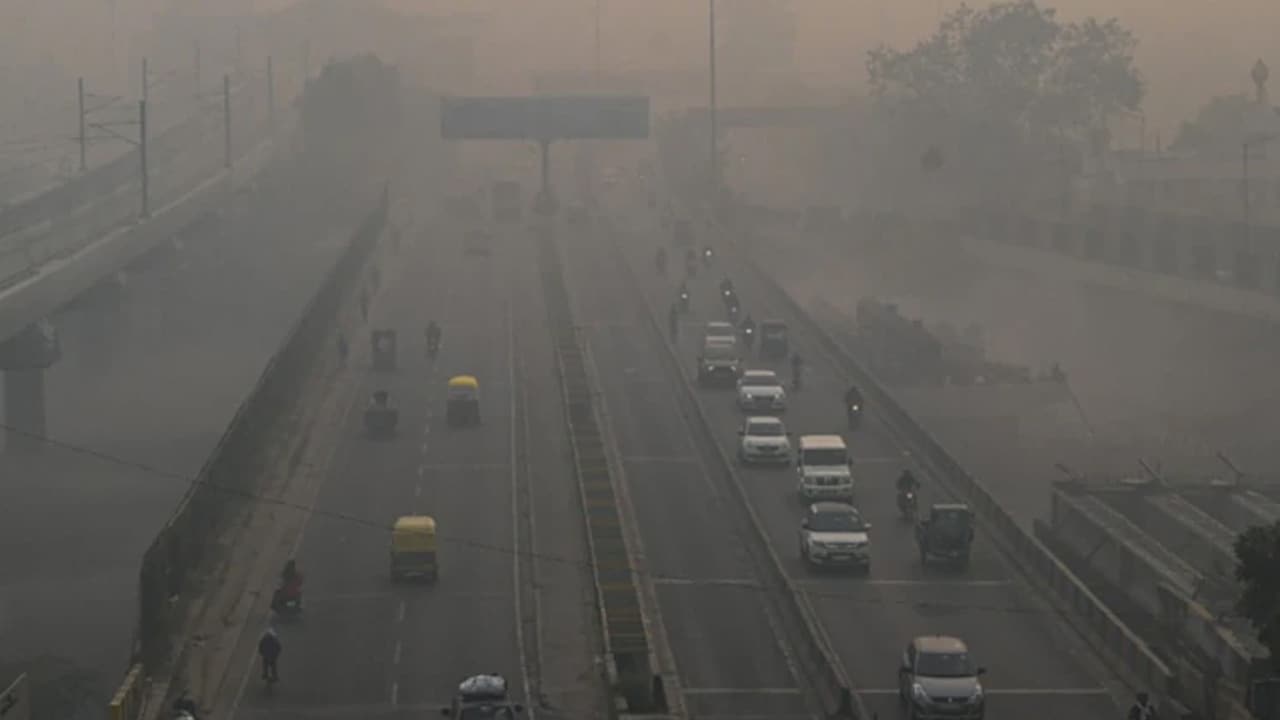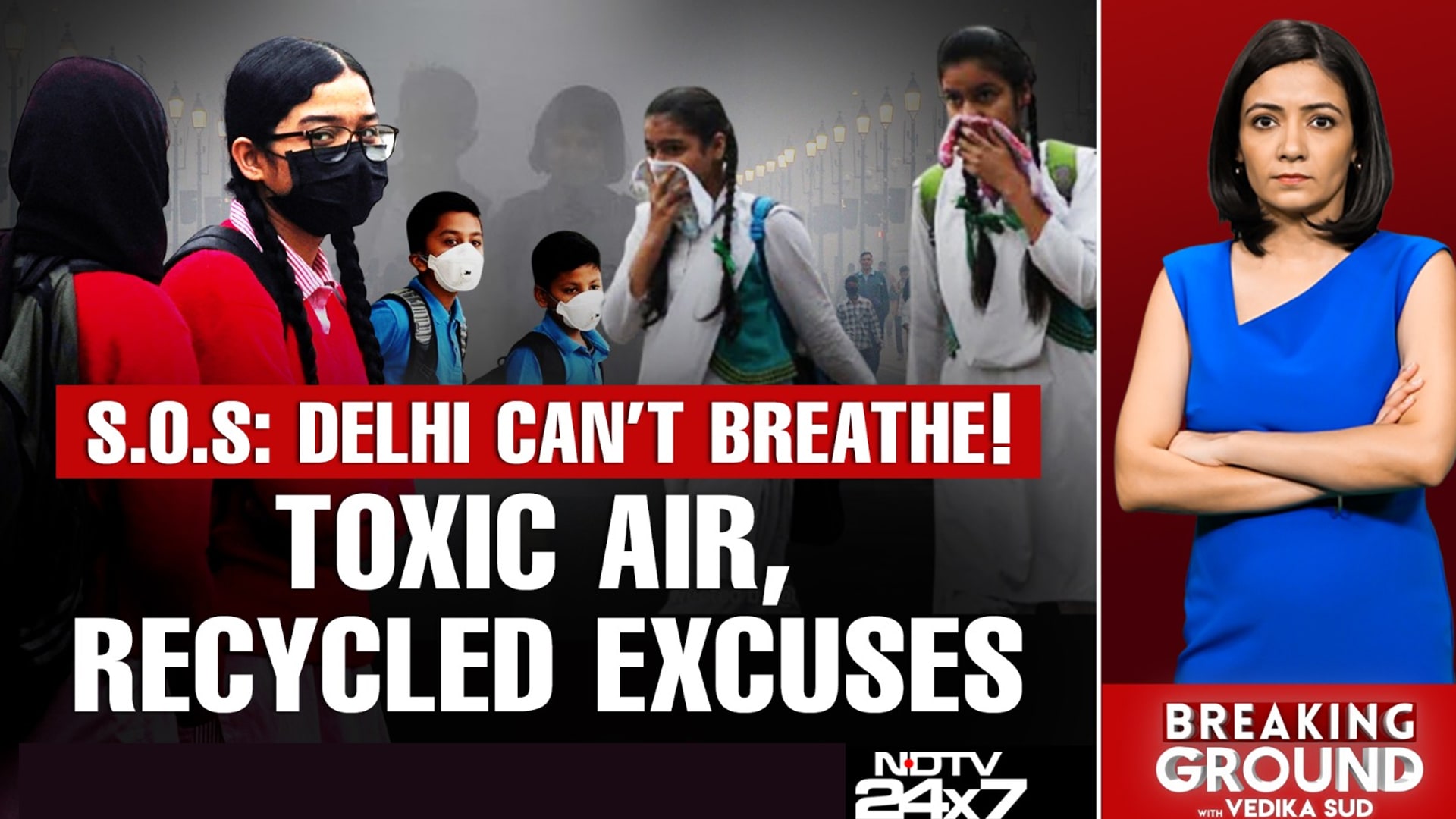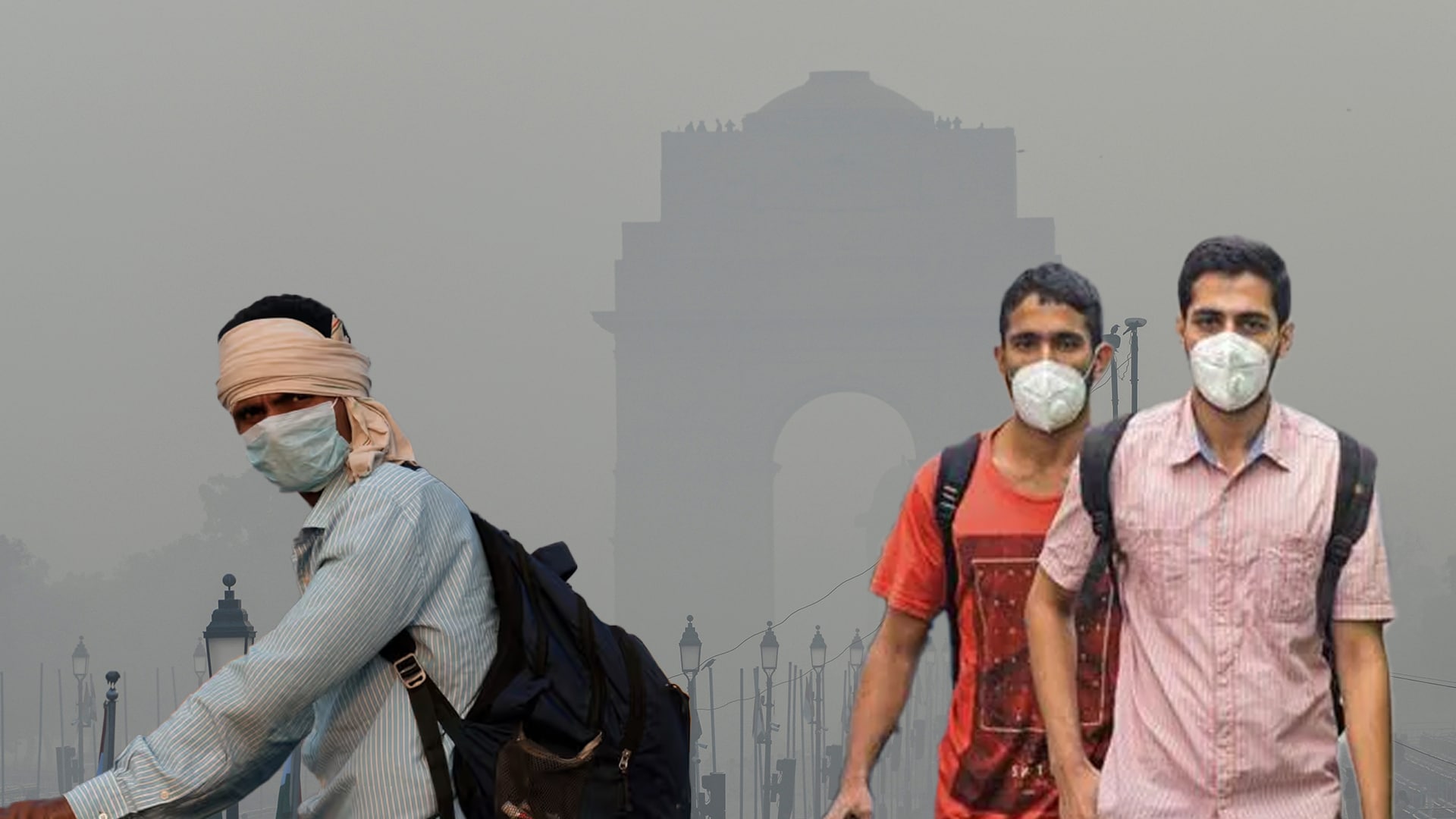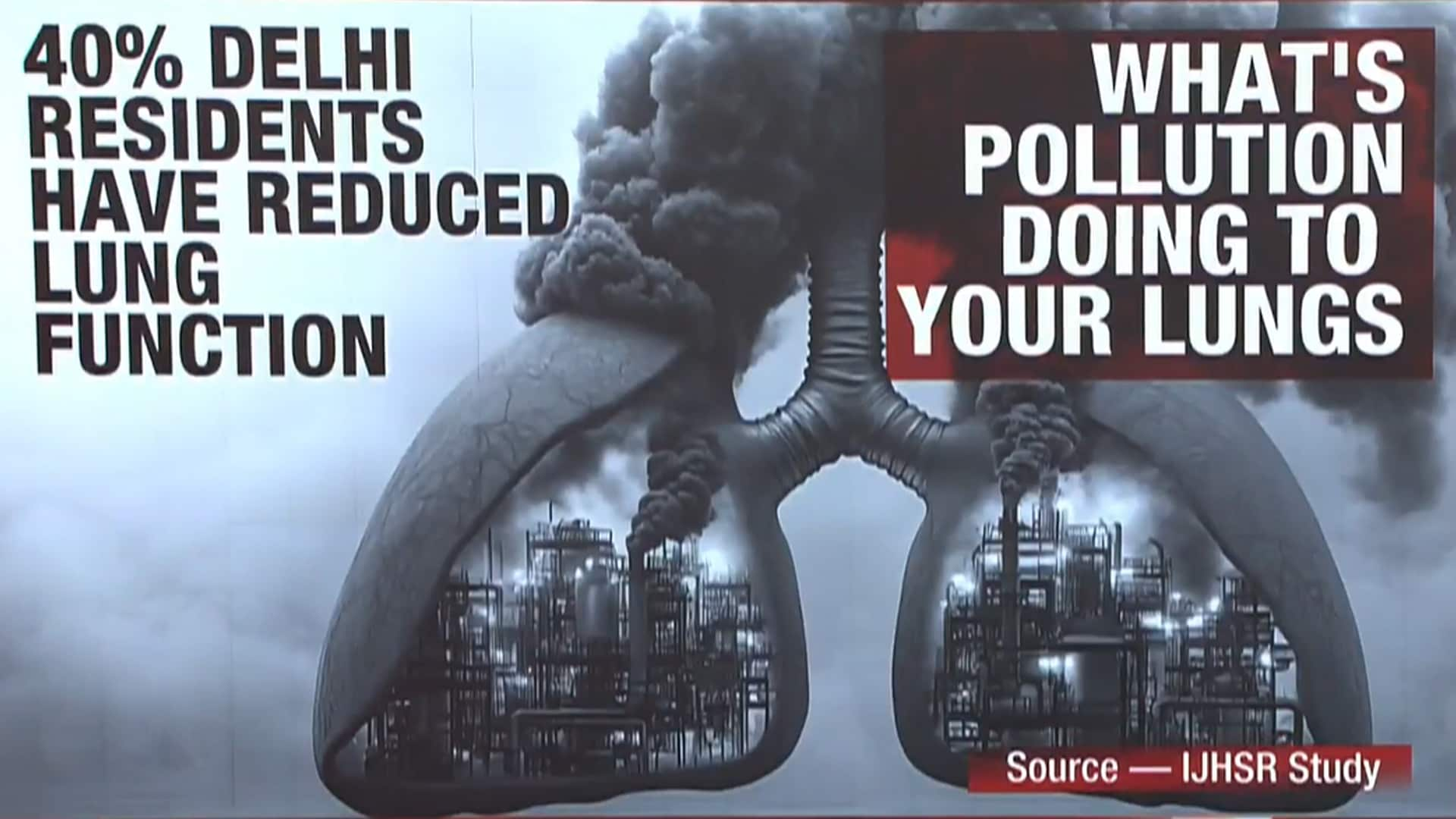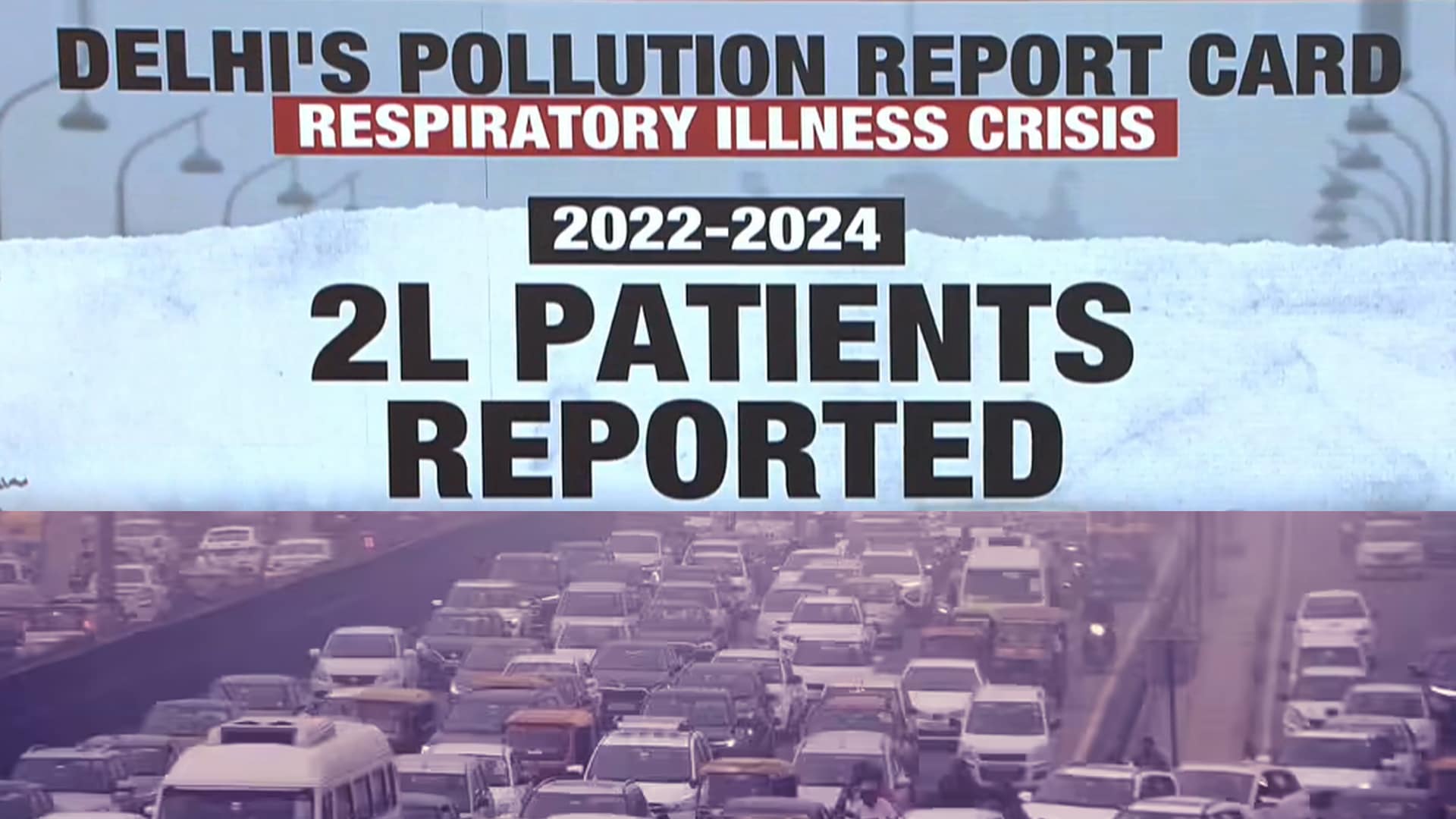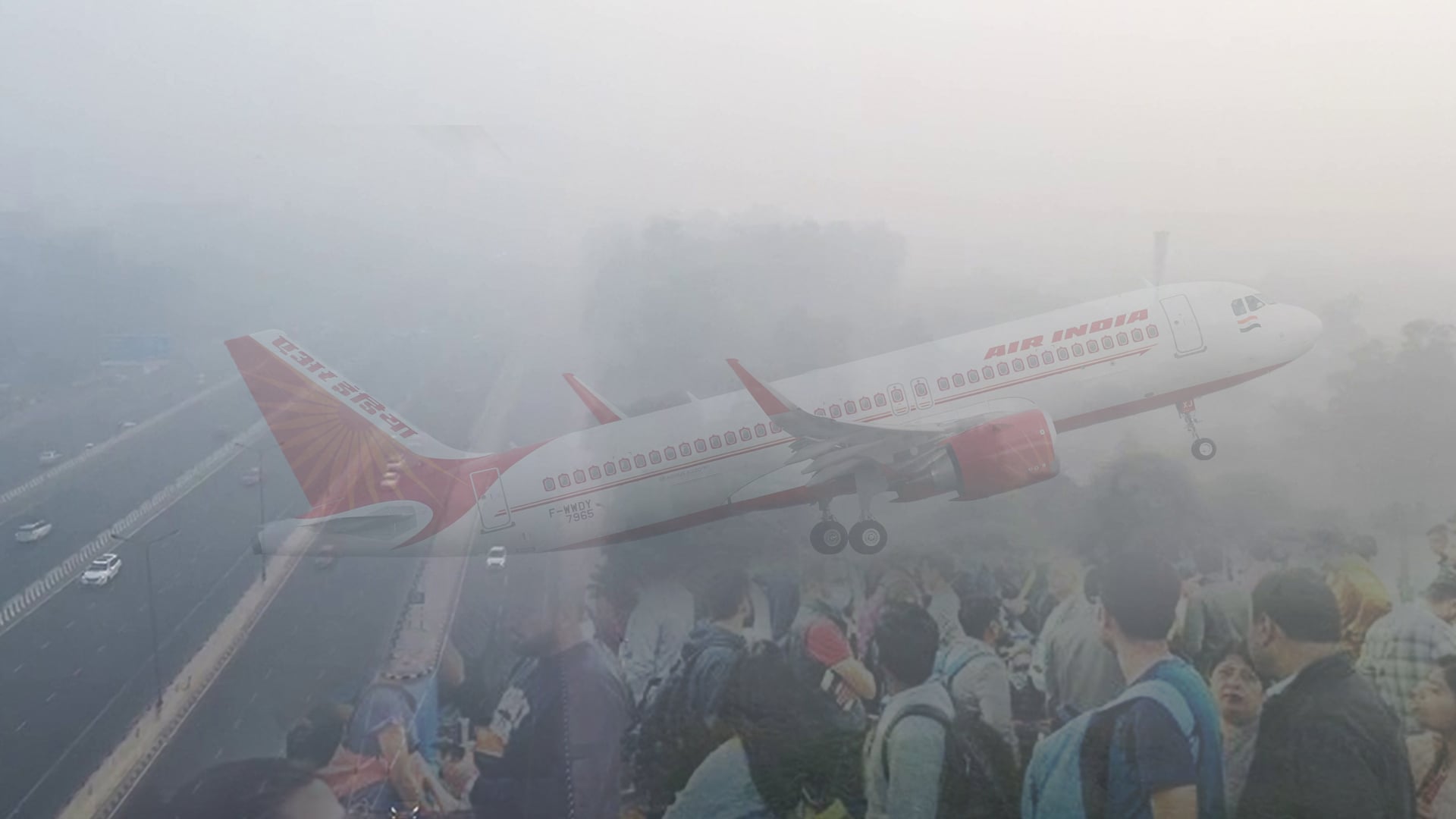- Home/
- As Air Quality Worsens, Commercial Diesel Vehicles Banned From Delhi Roads
As Air Quality Worsens, Commercial Diesel Vehicles Banned From Delhi Roads

With Delhi's air quality index (AQI) a notch short of entering the "severe plus" category, a central panel on Thursday directed authorities to ban the plying of four-wheeled diesel light motor vehicles in Delhi and adjoining NCR districts and the entry of trucks into the capital as part of anti-pollution measures under the final stage of the Graded Response Action Plan.
However, BS-VI vehicles and those used for essential and emergency services are exempted, according to an order issued by the Commission for Air Quality Management (CAQM). The order stated that the state government may take a call on the closure of educational institutions, non-emergency commercial activities and plying of vehicles on odd-even basis.
Central and state governments may decide on permitting work from home.
"Ban on plying of 4-wheeler diesel LMVs in NCT of Delhi and Districts of NCR bordering Delhi, except BS-VI vehicles and vehicles used for essential/emergency services," the order read.
The CAQM also ordered a ban on Delhi-registered diesel-run medium and heavy goods vehicles in the capital. Those carrying essential commodities and providing essential services are exempted.
The entry of trucks other than electric and CNG ones in Delhi is banned too. Those carrying essential commodities are exempted.
The CAQM also directed closure of all industries running on non-clean flues in the region, "even in areas which do not have PNG infrastructure and supply".
Delhi's 24-hour average AQI stood at 450 on Wednesday.
An AQI of above 400 is considered "severe" and can affect healthy people and seriously impact those with existing illnesses.
According to the Energy Policy Institute at the University of Chicago's (EPIC) Air Quality Life Index (AQLI) released in June, the residents of Delhi stand to lose 10 years of life expectancy due to poor air quality.
With the pollution levels worsening, the CAQM had directed authorities on Saturday to impose a ban on construction and demolition activities in Delhi-NCR, barring essential projects, and other curbs under the third stage of the GRAP.
First implemented in 2017, the GRAP is a set of anti-air pollution measures followed in the capital and its vicinity according to the severity of the situation.
It classifies the air quality in the Delhi-NCR under four different stages: stage 1 - "poor" (AQI 201-300), stage 2 - "very poor" (AQI 301-400), stage 3 - "severe" (AQI 401-450) and stage 4 - "severe plus" (AQI above 450).
This year, curbs on polluting activities are being imposed three days in advance, based on forecasts.
Earlier, the authorities would implement the measures only after the PM2.5 and PM10 concentration touched a particular threshold.
(Except for the headline, this story has not been edited by NDTV staff and is published from a syndicated feed.)
also read
Supreme Court To Hear Plea On Delhi-NCR Air Pollution On December 17
Press Trust of India100 Flights Cancelled, 300 Delayed Due To Delhi Smog, Train Ops Hit Too
Edited by Manjiri Chitre"Delhi NCR Is Cooked": User Lists 6 Reasons To Argue Why Delhi NCR No Longer Liveable, Internet Reacts
Edited by Srishti Singh Sisodia
Latest Stories
- Press Trust of India | Monday December 15, 2025 , New Delhi
The Supreme Court on Monday said it will list for hearing on December 17 a plea related to worsening air pollution levels in Delhi-NCR.
- Edited by Manjiri Chitre | Monday December 15, 2025 , New Delhi
Airlines have urged passengers to allow additional time while planning their journey to the airport as road traffic may be slower due to the toxic haze.
- Edited by Srishti Singh Sisodia | Sunday December 14, 2025
The user said that the number of deaths due to air pollution will be far higher in the Delhi NCR region.
- Press Trust of India | Sunday December 14, 2025 , New Delhi
The national capital recorded the highest AQI of the season on Sunday -- up to 461 from 432 a day earlier -- as the air quality remained in the "severe" category, according to the Central Pollution Control Board.
- Press Trust of India | Sunday December 14, 2025 , New Delhi
The AQI in Delhi climbed to 461 on Sunday and marked the city's most polluted day this winter and the second-worst December air quality day on record, as weak winds and low temperatures trapped pollutants close to the surface.
................................ Advertisement ................................
Latest Videos
Opinion
Blog | Well Done, Delhi. You've Turned Lung Sacrifice Into A Badge Of HonourSaikat Kumar Bose
Monday November 10, 2025Till some years back, Delhiites would ask angry questions to those in power about the capitals annual tryst with toxic air. This has changed. Those in the driving seat dont see the need to answer now.
Opinion | Why Indians Have Just Given Up On Air Pollution CrisisTanushree Ganguly
Friday December 20, 2024While some may argue that people in Delhi are now more aware of air pollution than they were a decade back, my rebuttal would be that awareness does not mean that people are concerned.
Opinion | You Must Outrage Over Filthy Air More Than Once A YearJyoti Pande Lavakare
Tuesday December 10, 2024Delhi welcomed us with monsoon rains and mangos. We were home. Fast forward a couple of years, in the winter of 2012, I found myself in denial about something other parents, mostly expats, were calling toxic air.
Opinion | Delhi's Air Pollution Situation Is Like A Bad MarriageNishtha Gautam
Friday November 22, 2024On a good day, such as today, the AQI reading in Delhi is 407. We are jubilant at the sickly sunshine trickling through the slightly dissipated smog. At least its not 1600.
दिवाली... पराली... सियासी जुगाली!Ashwini kumar
Monday November 18, 2024दिल्ली-एनसीआर में प्रदूषण का समाधान तो आज तक मिला नहीं. हर साल चिंतित होकर हम-आप सांसों की तकलीफ के साथ-साथ दिल और ब्लड प्रेशर के मरीज भी क्यों बनें?





